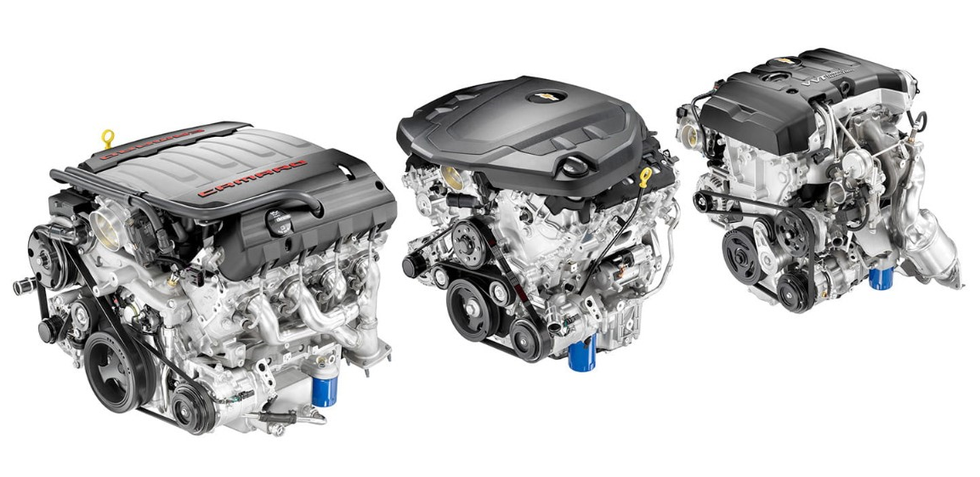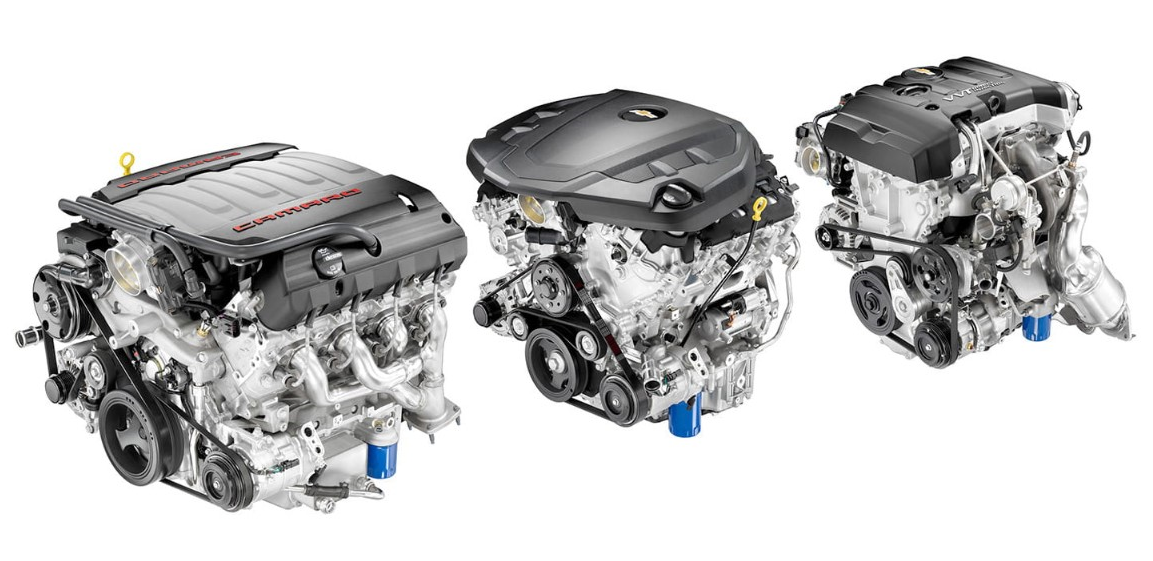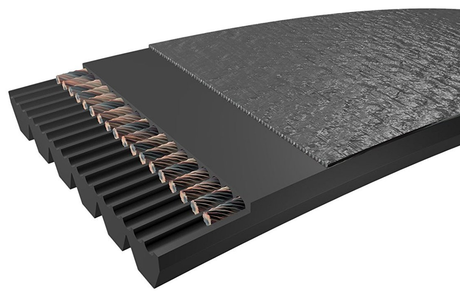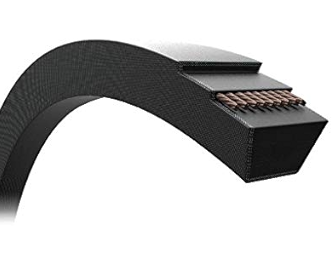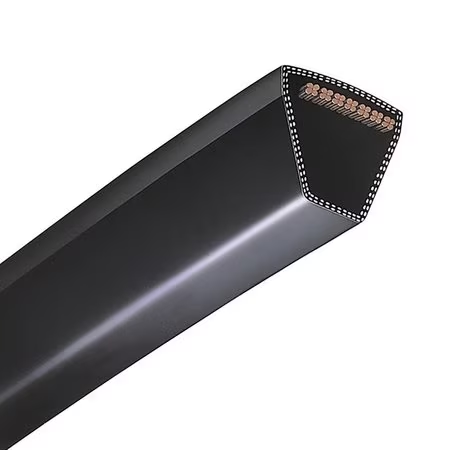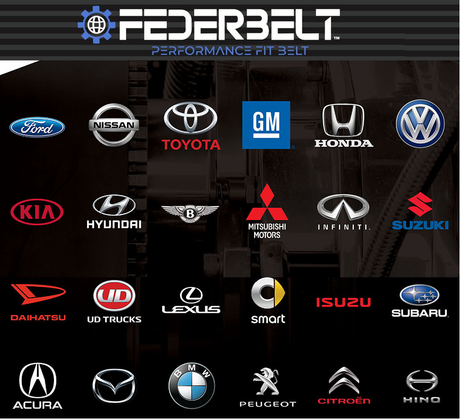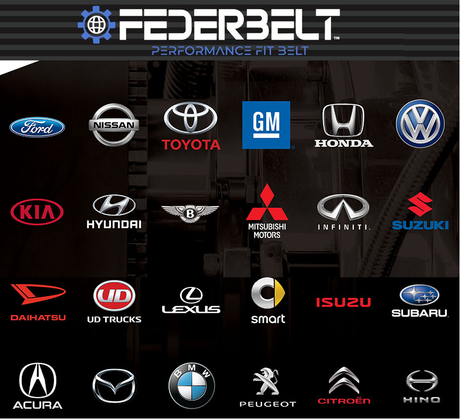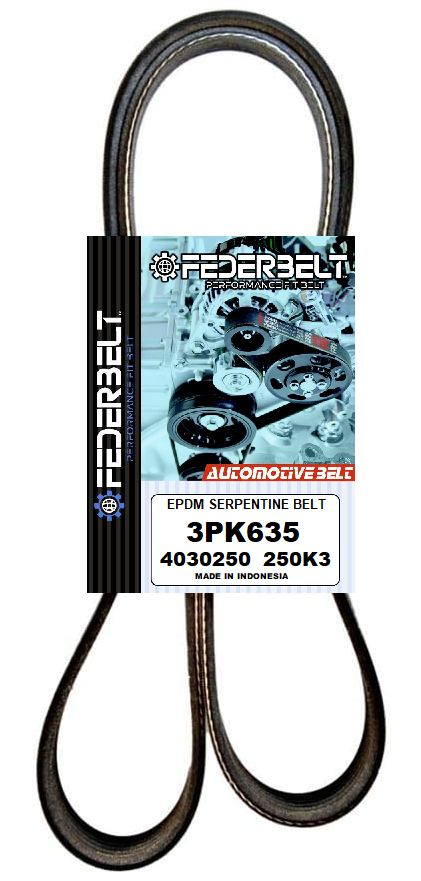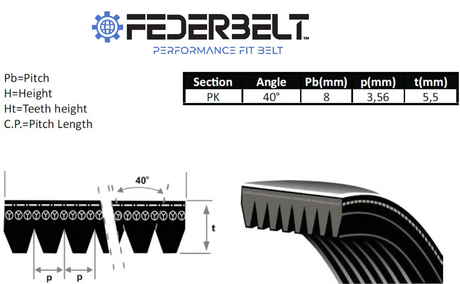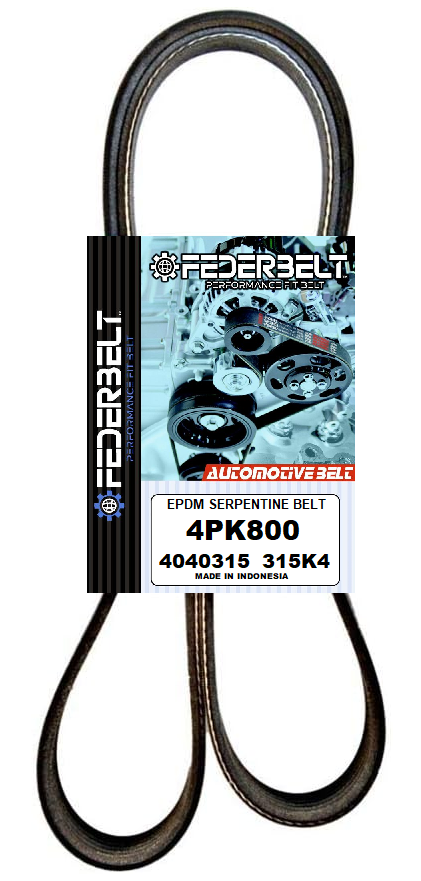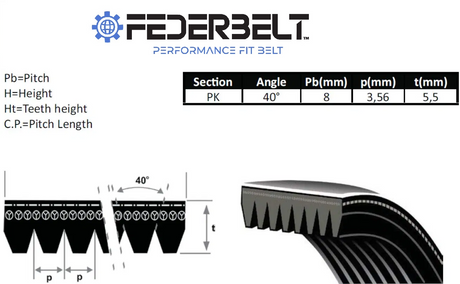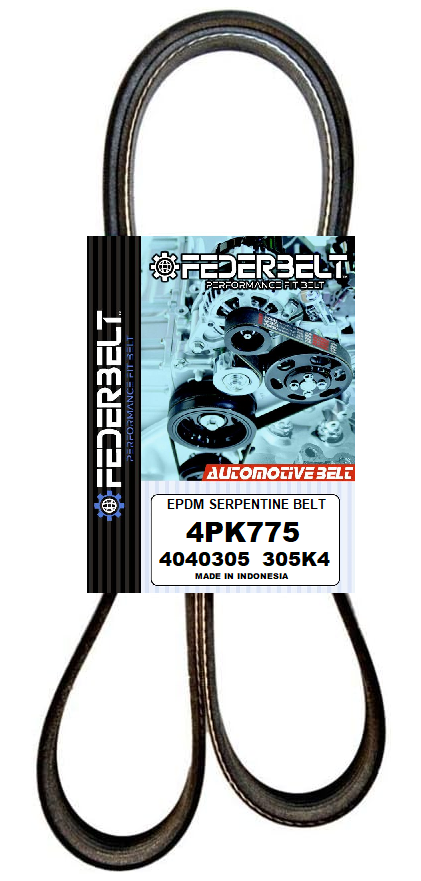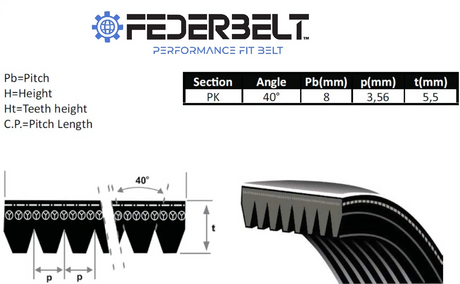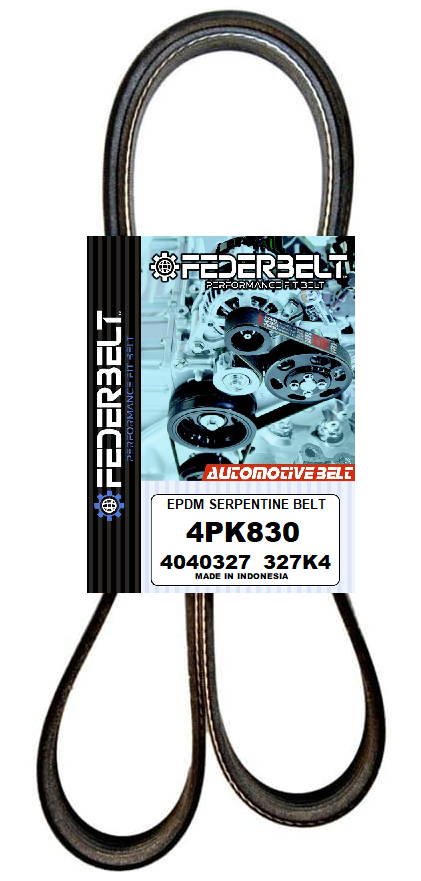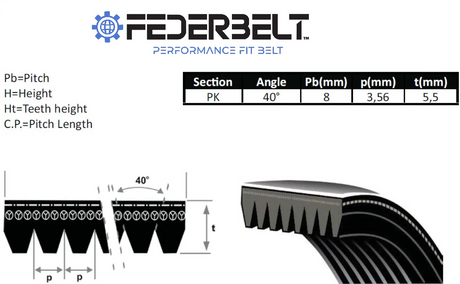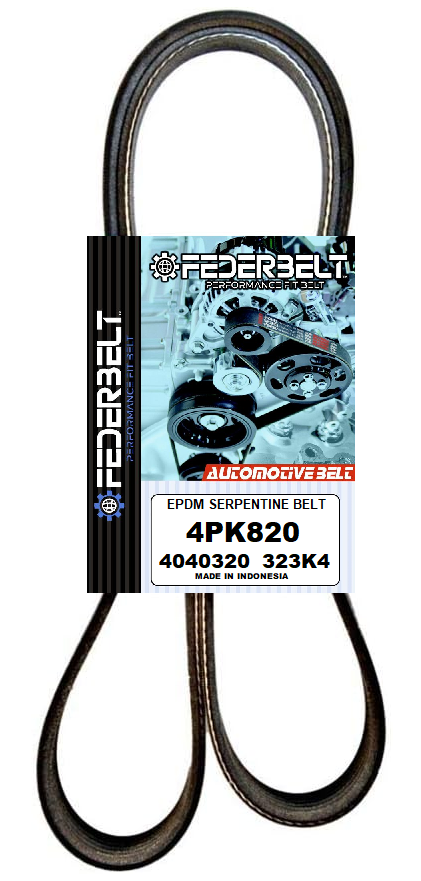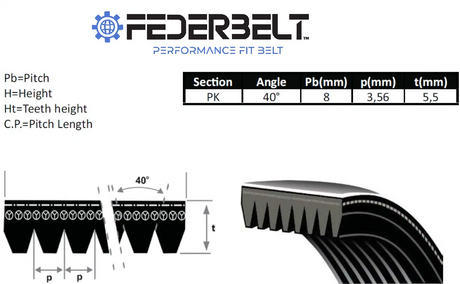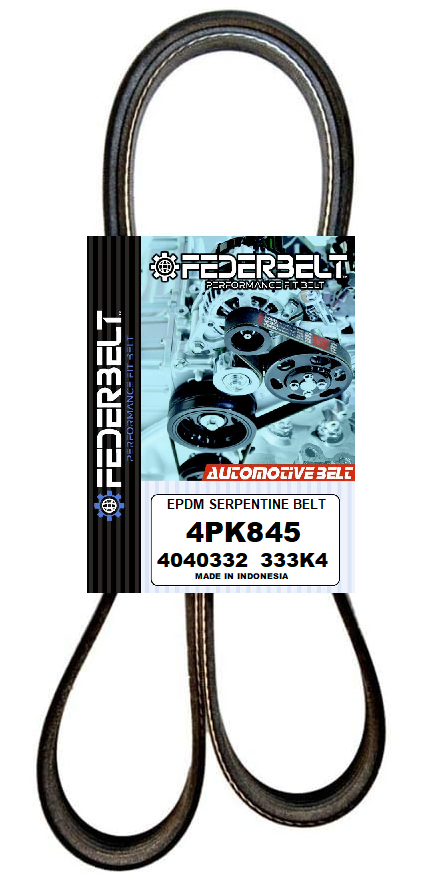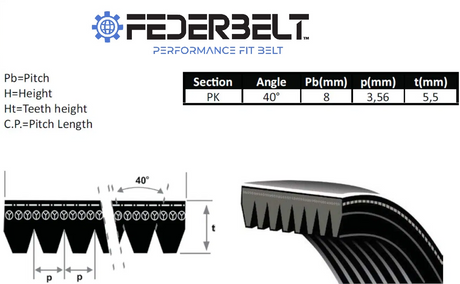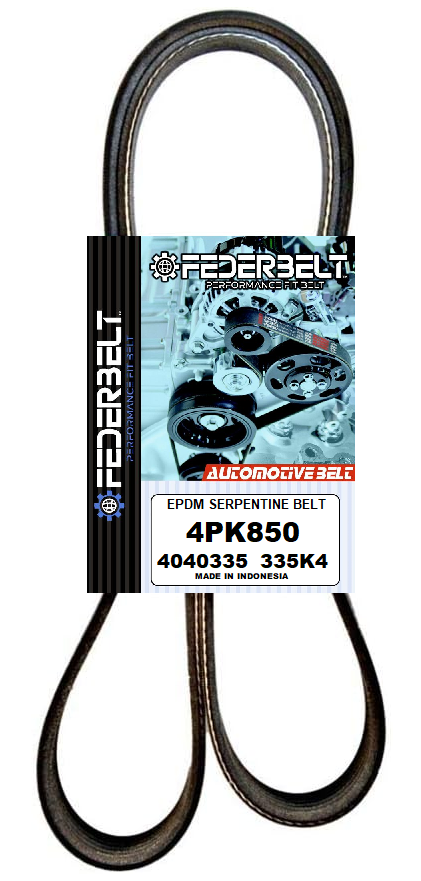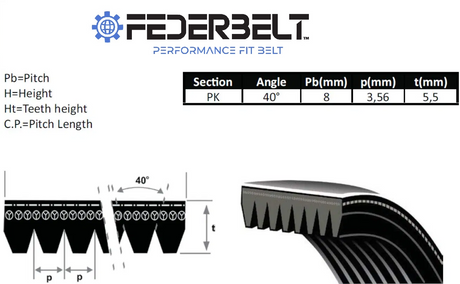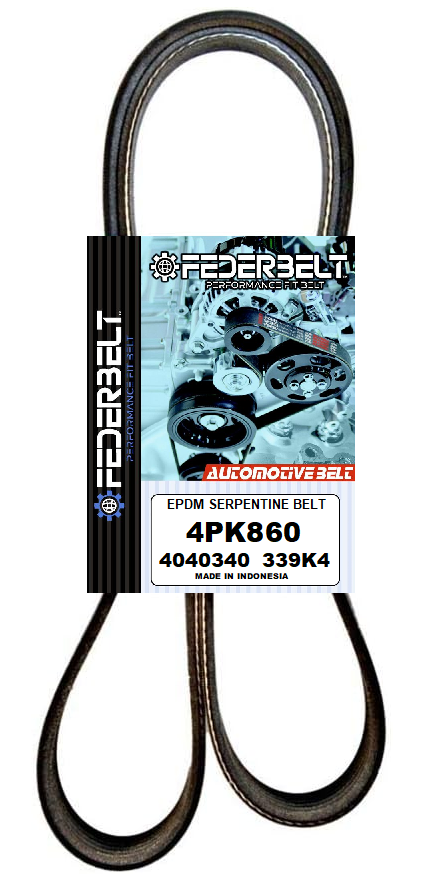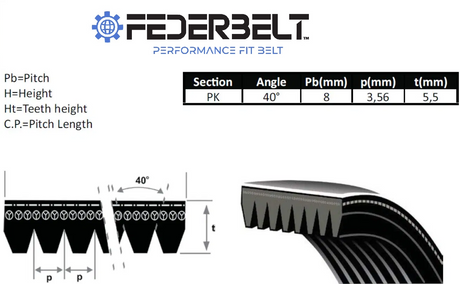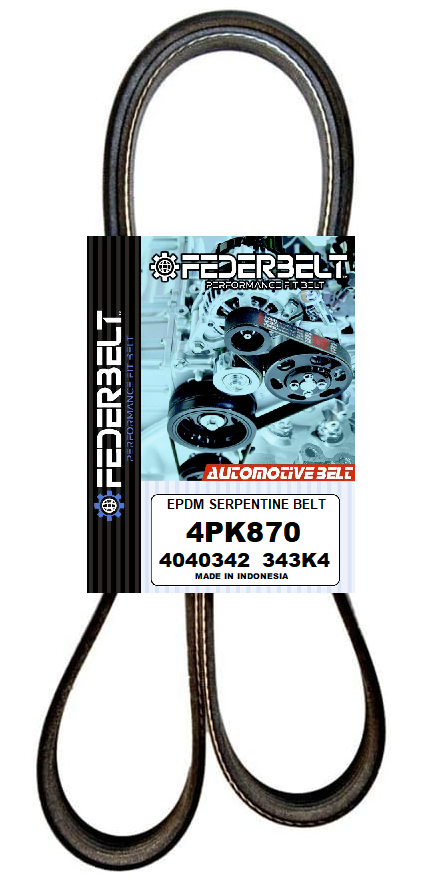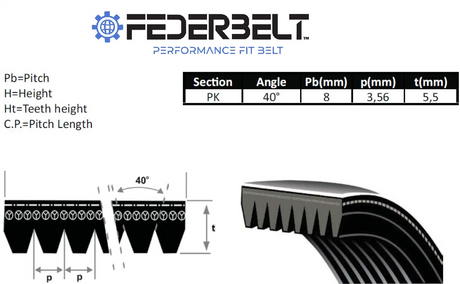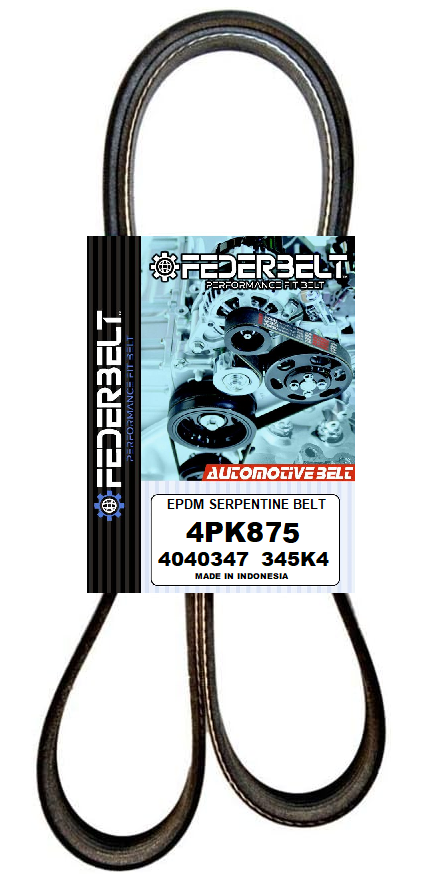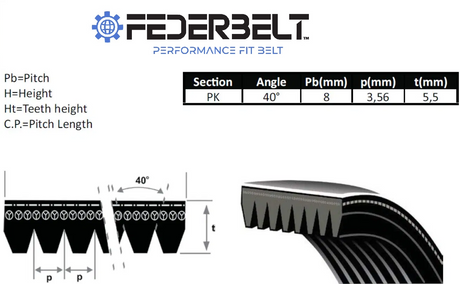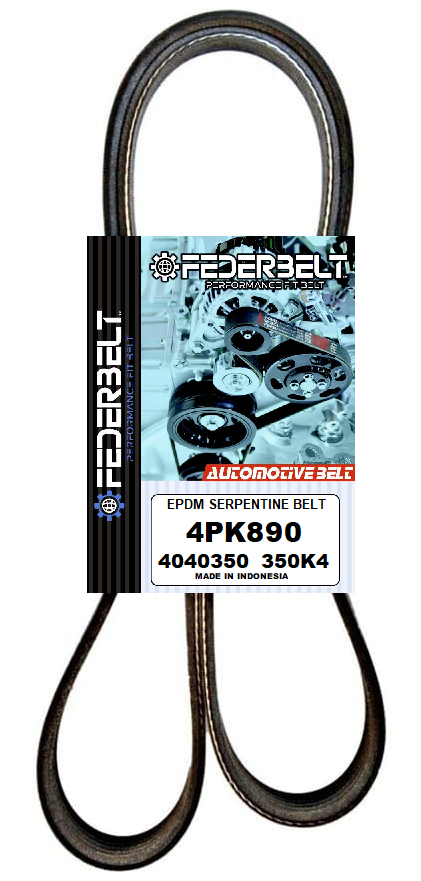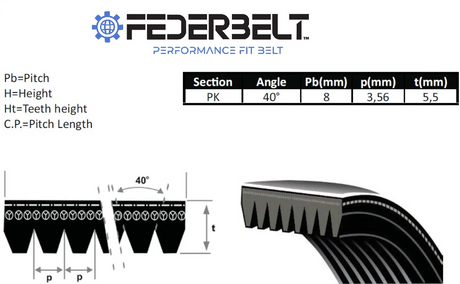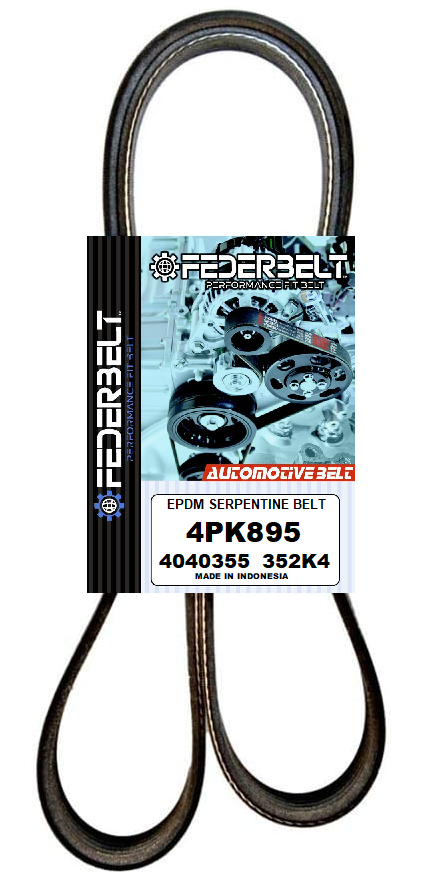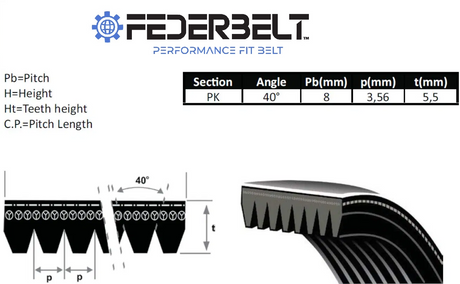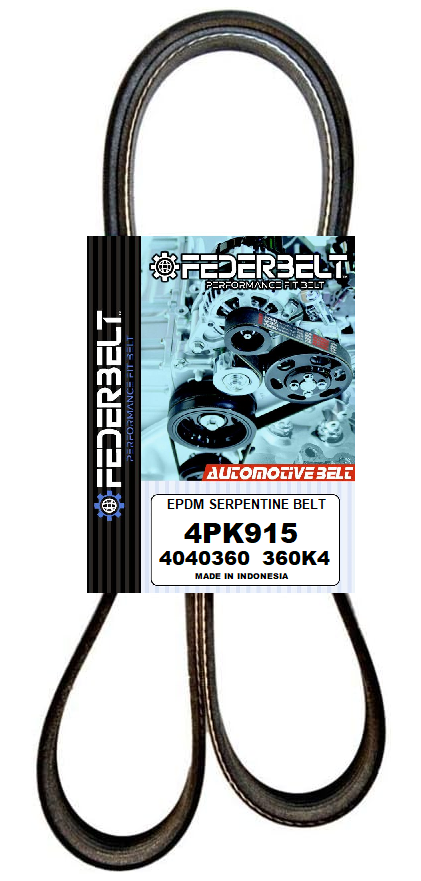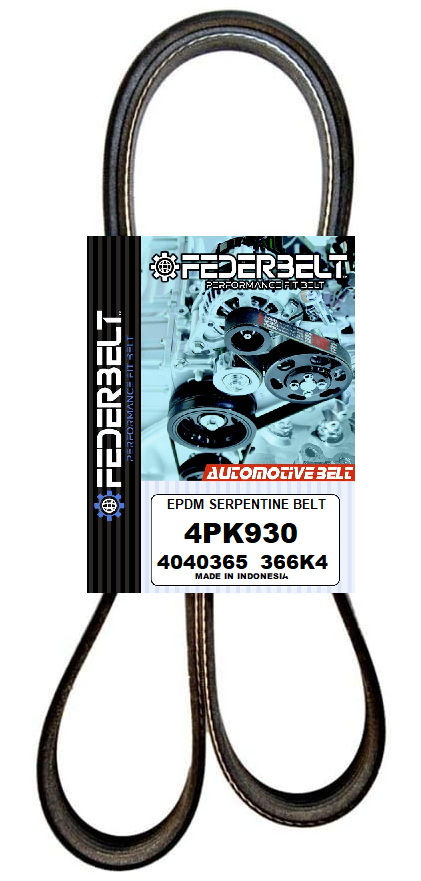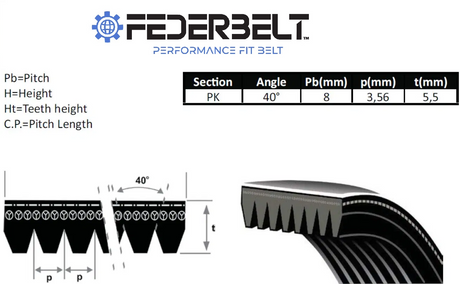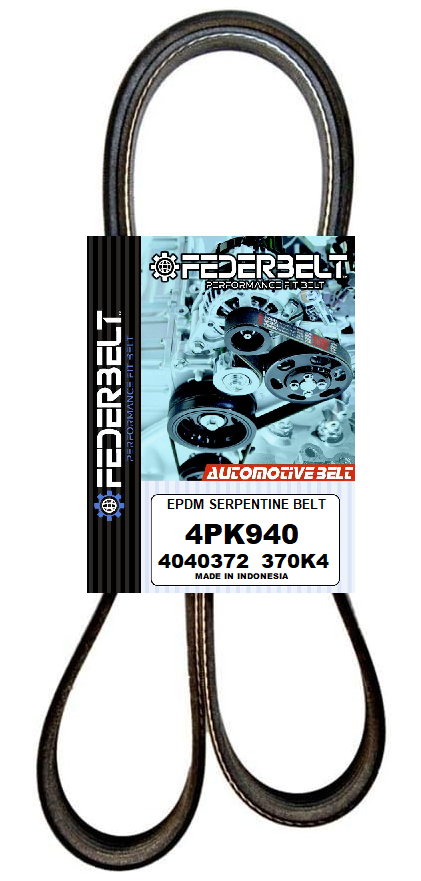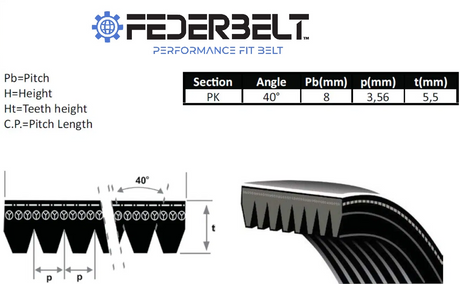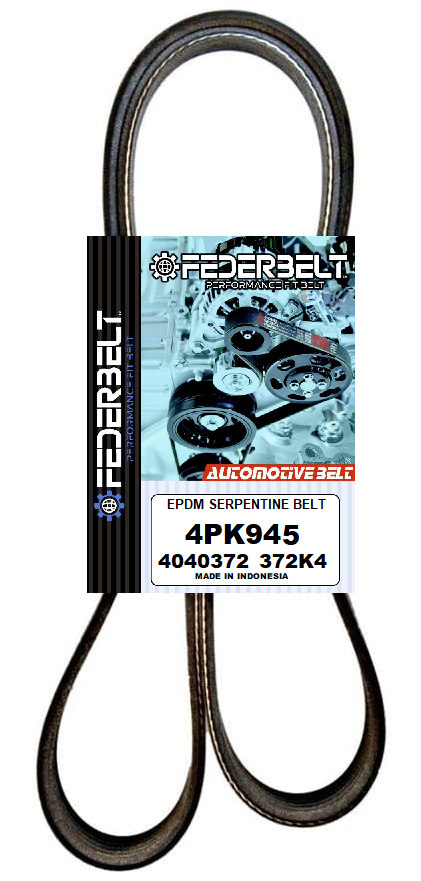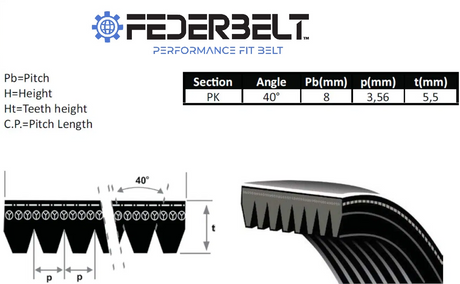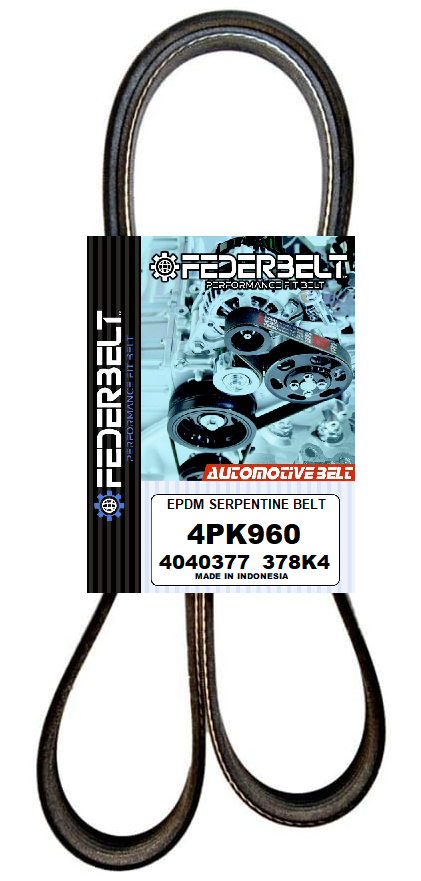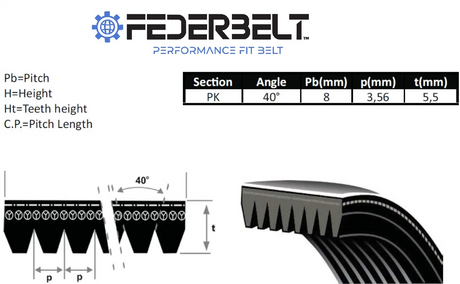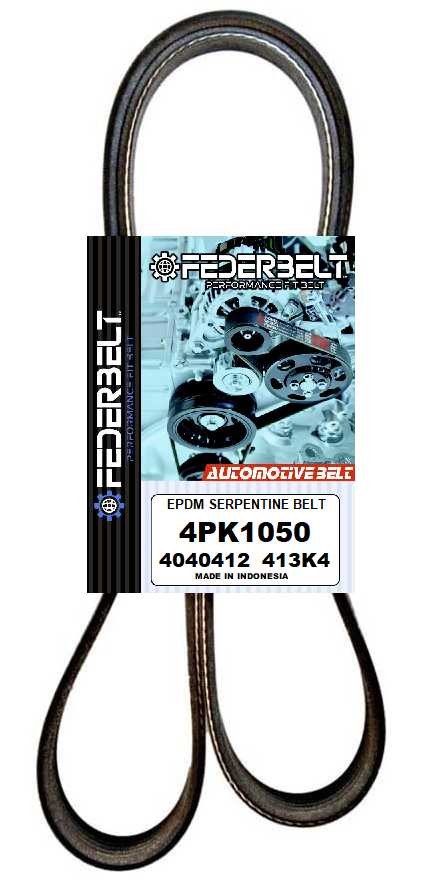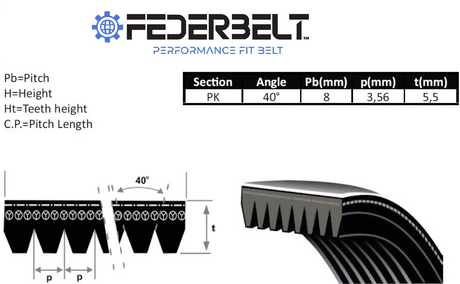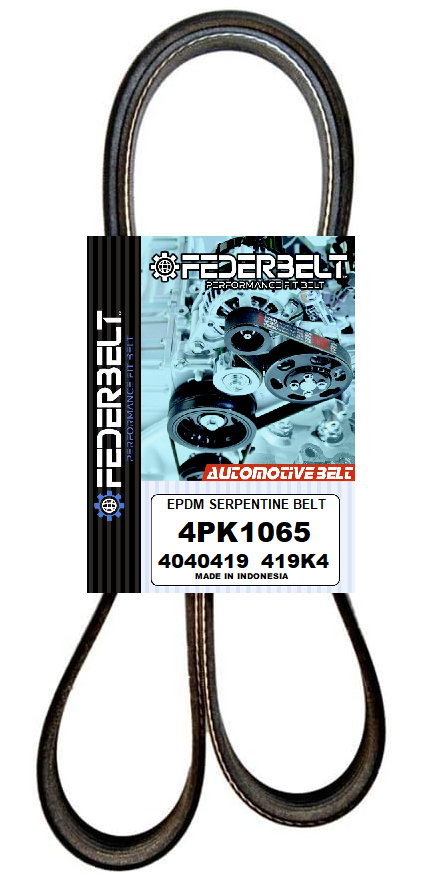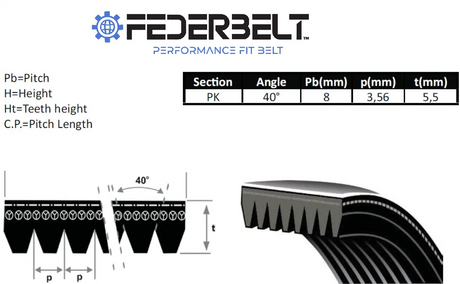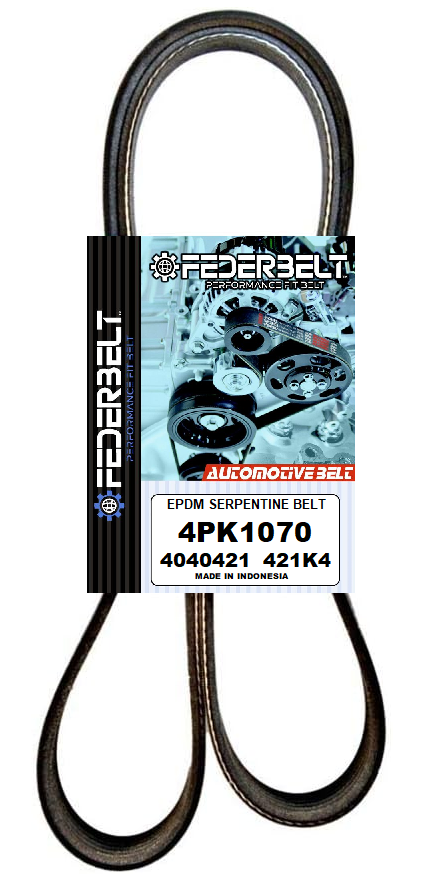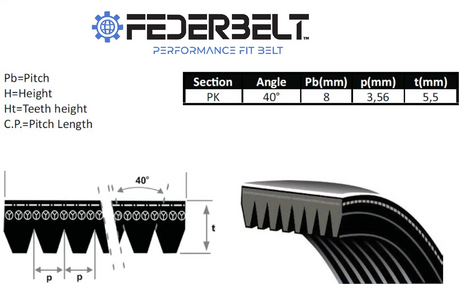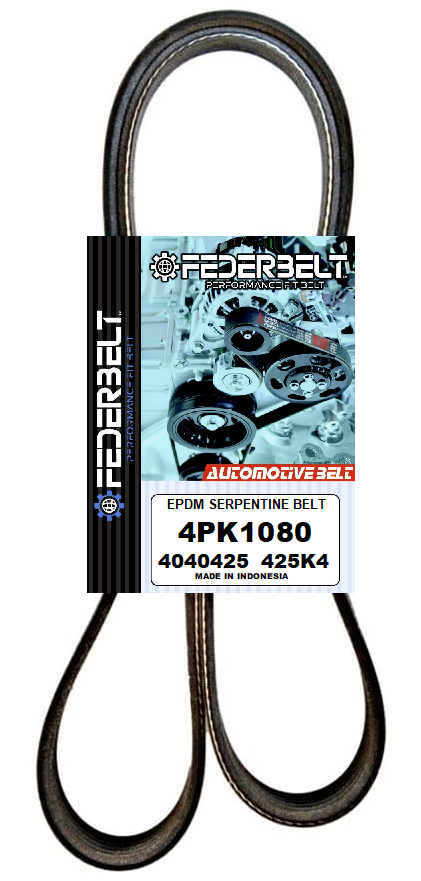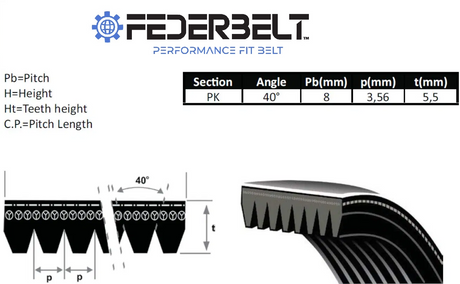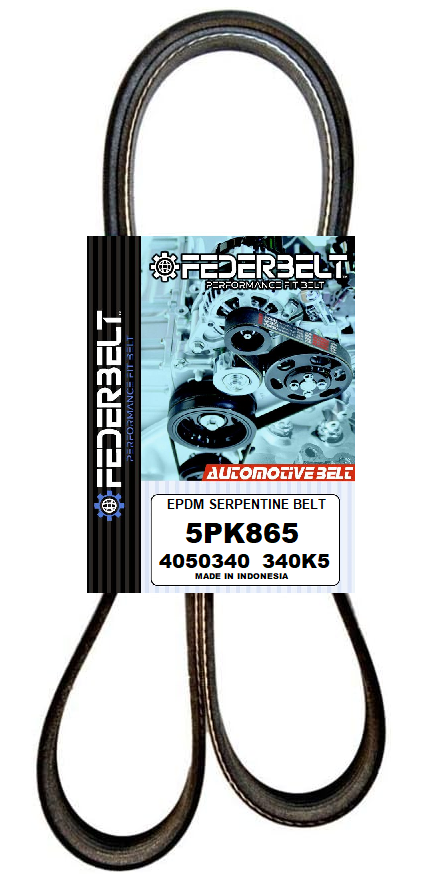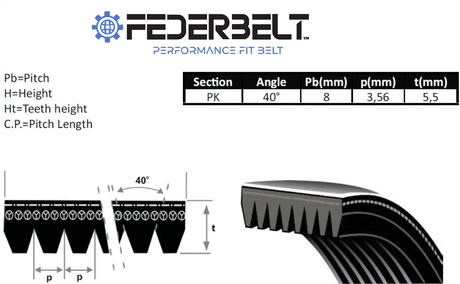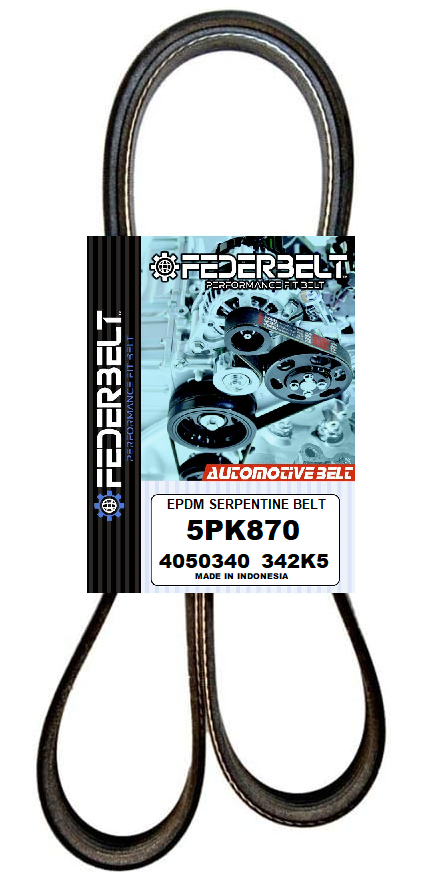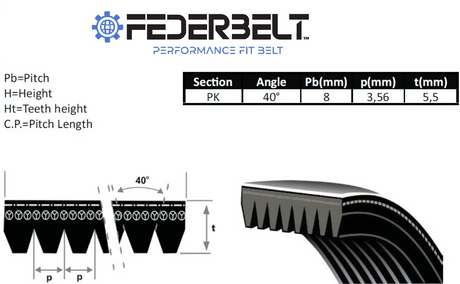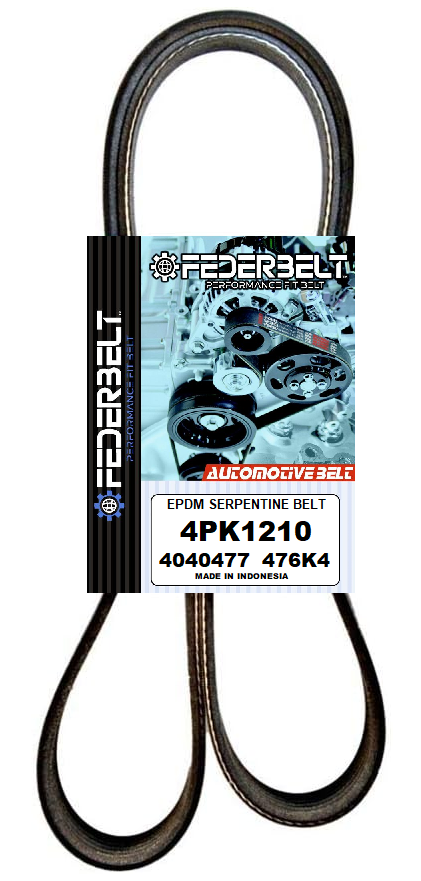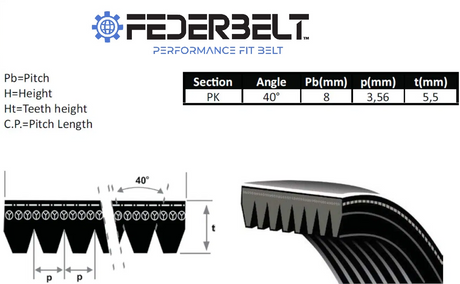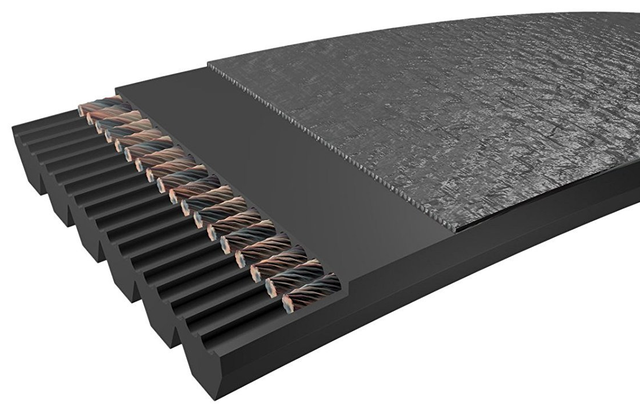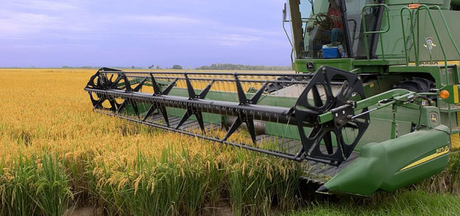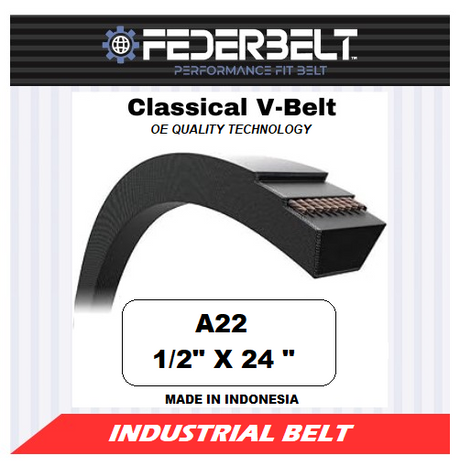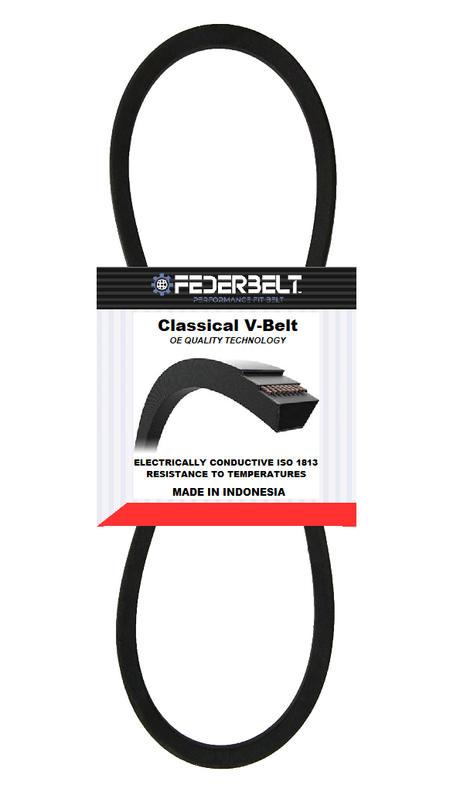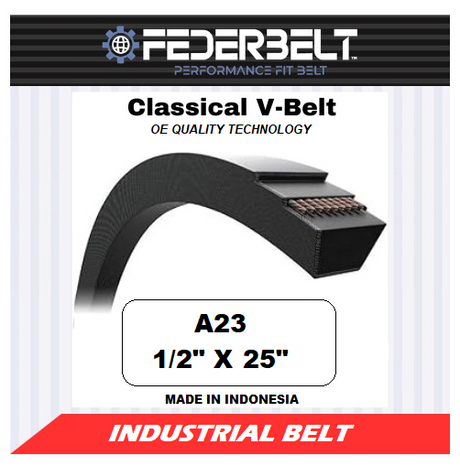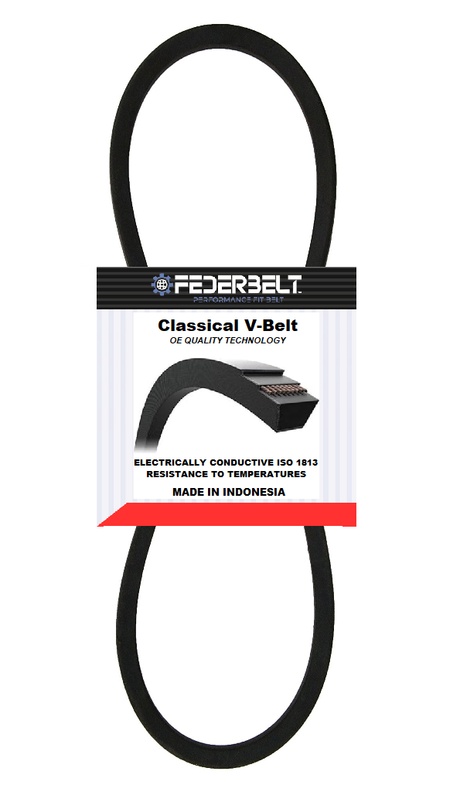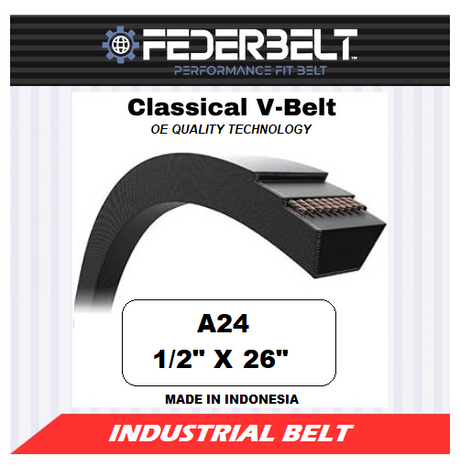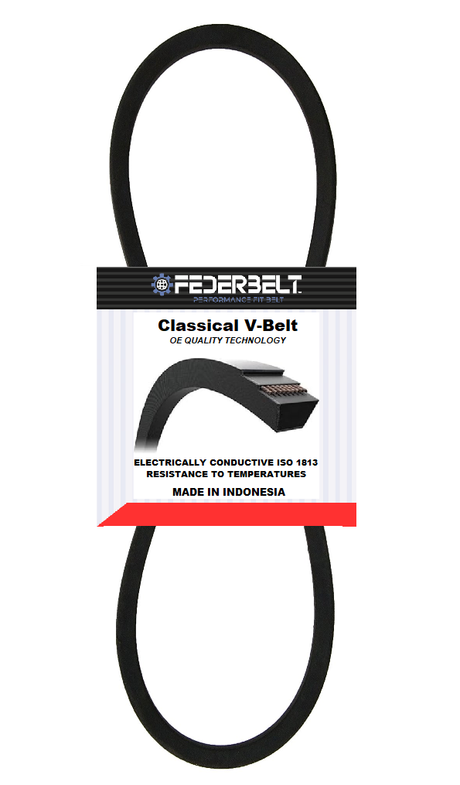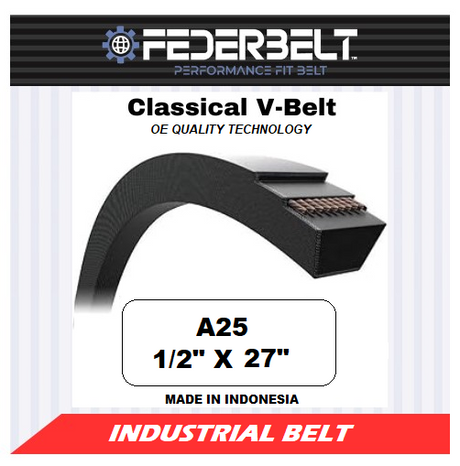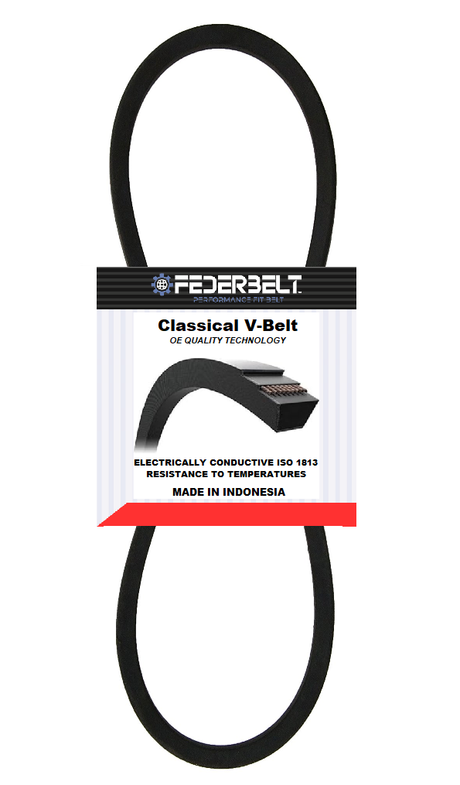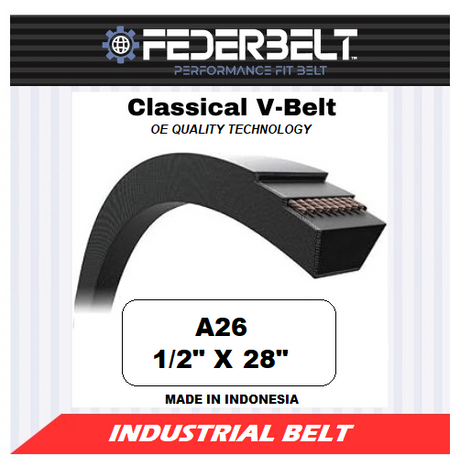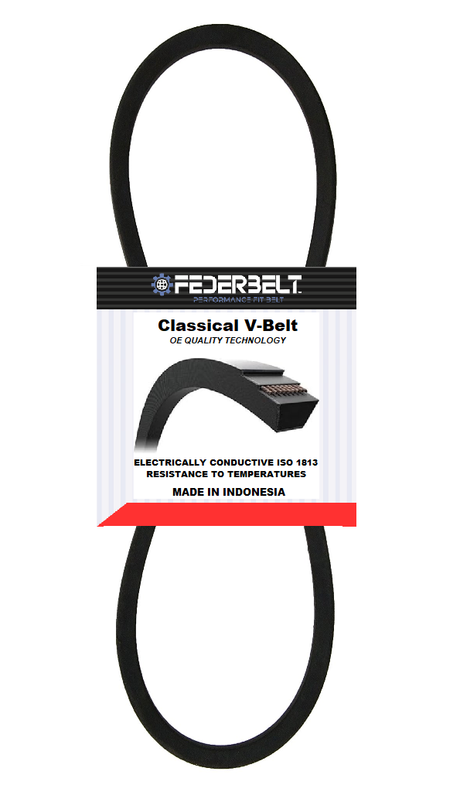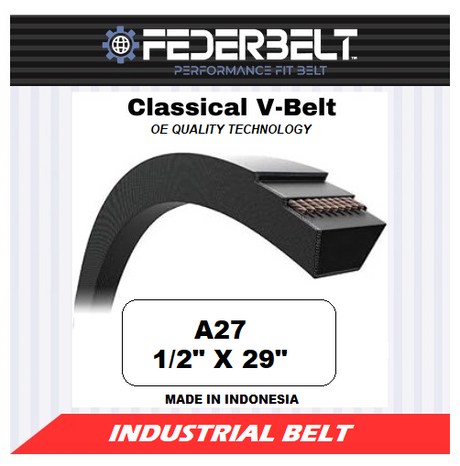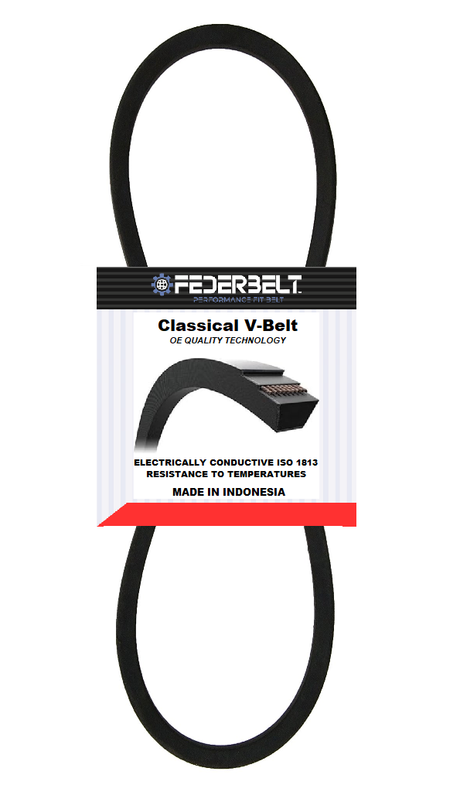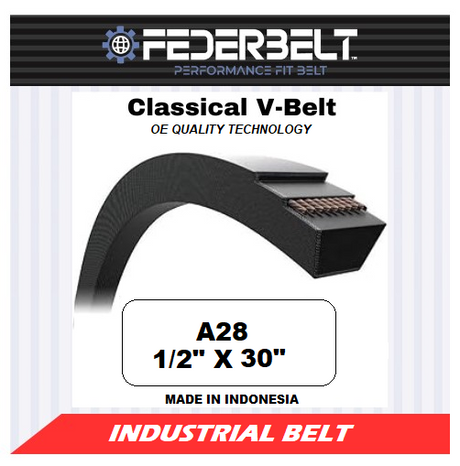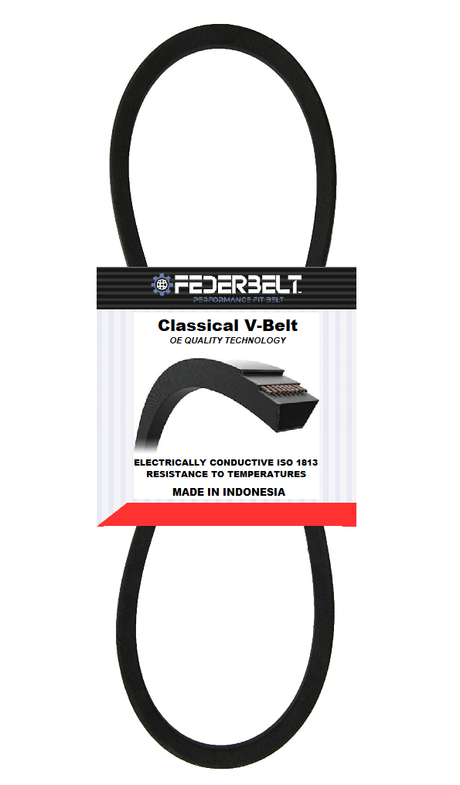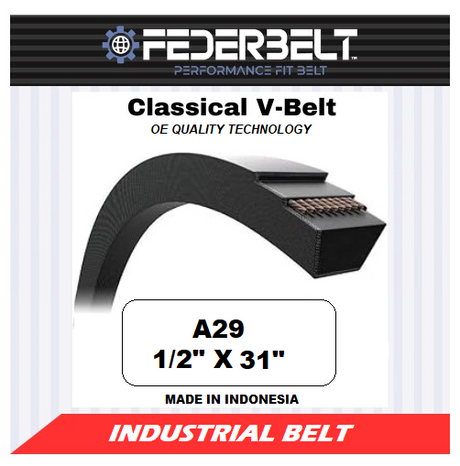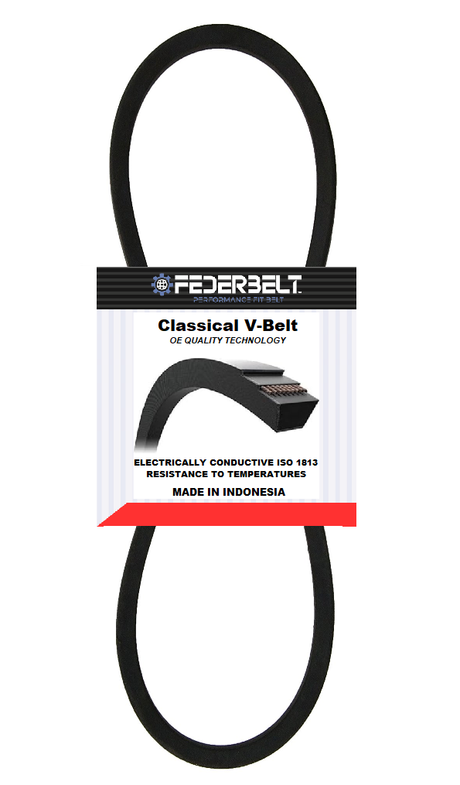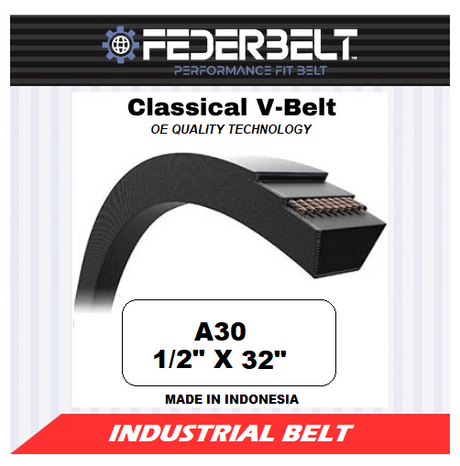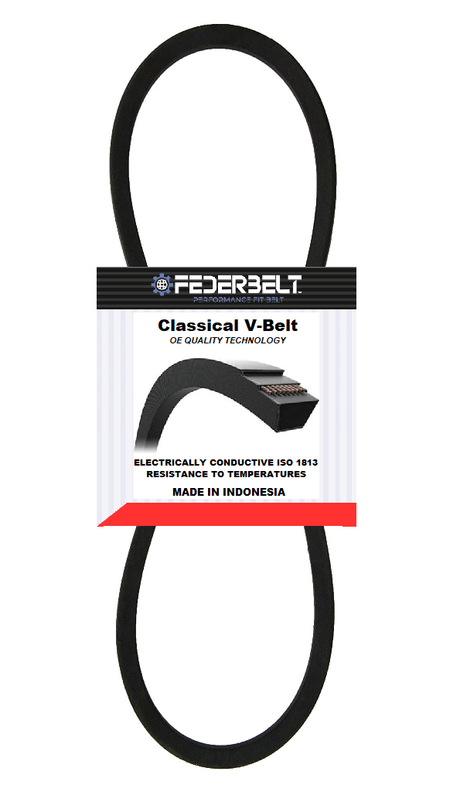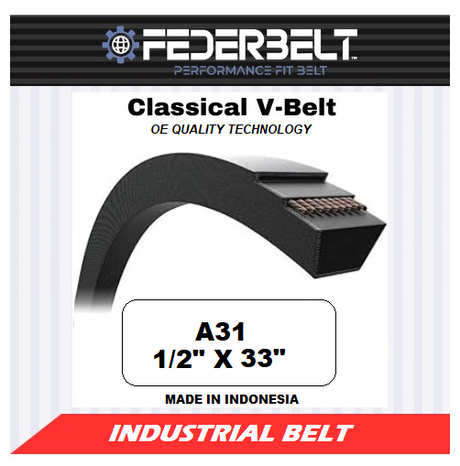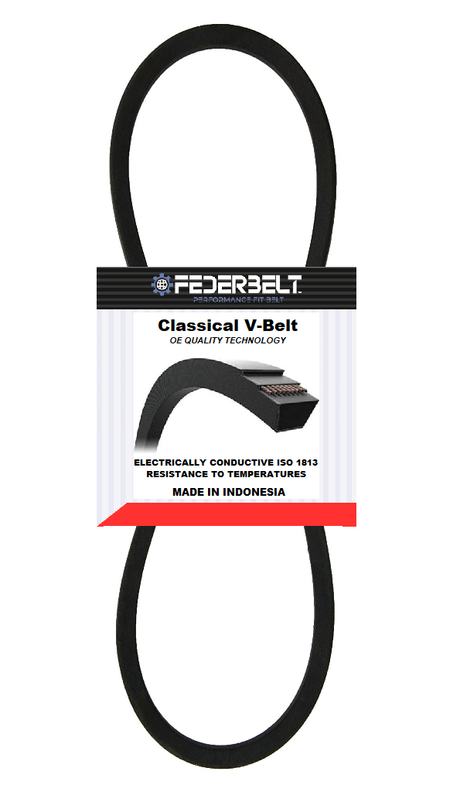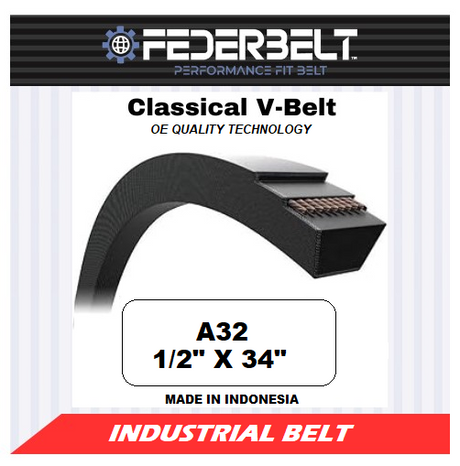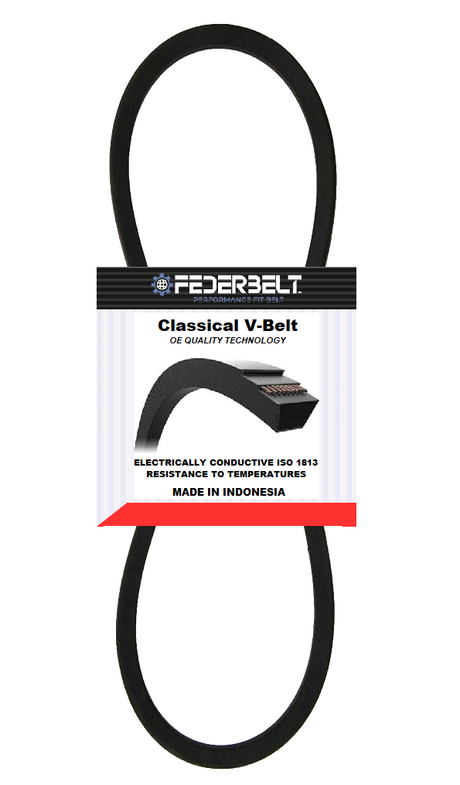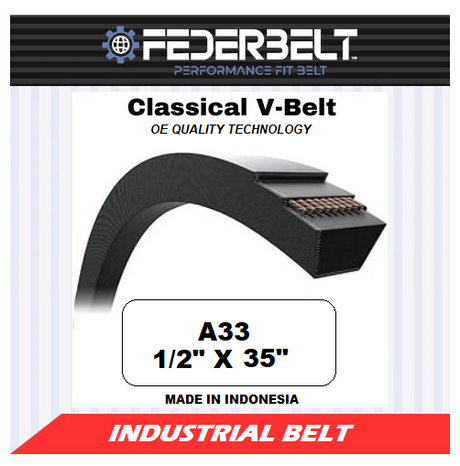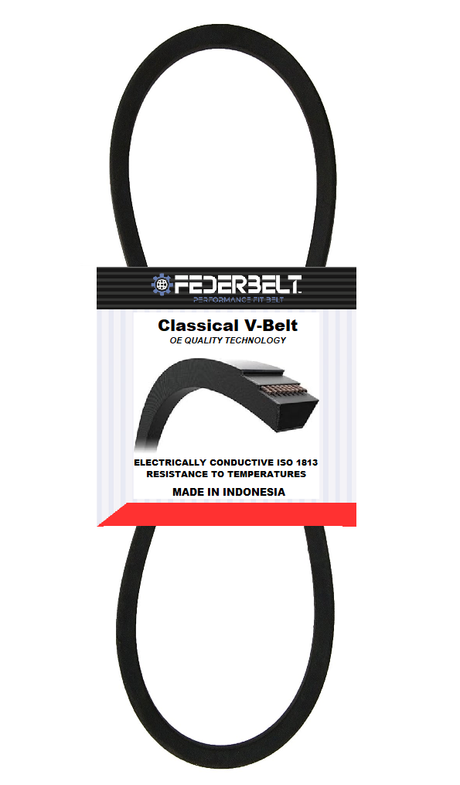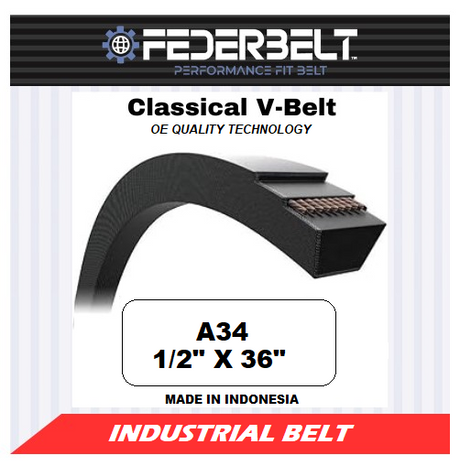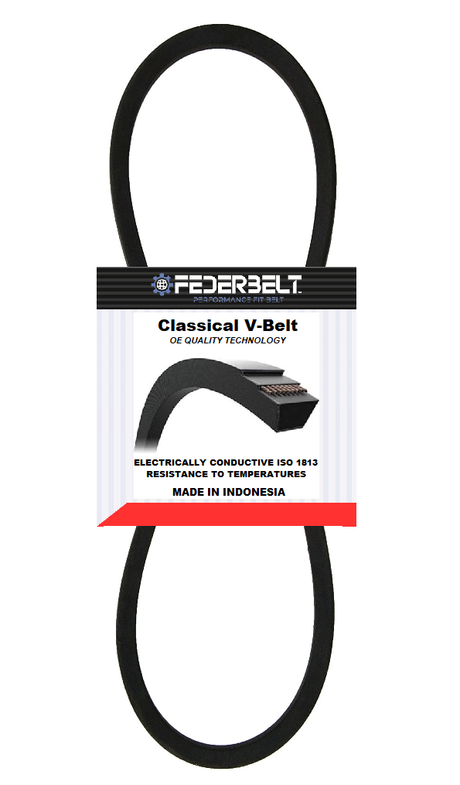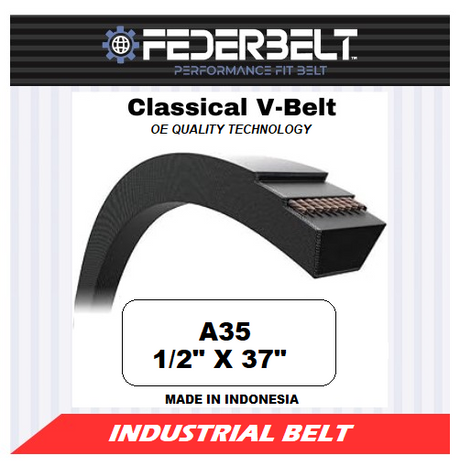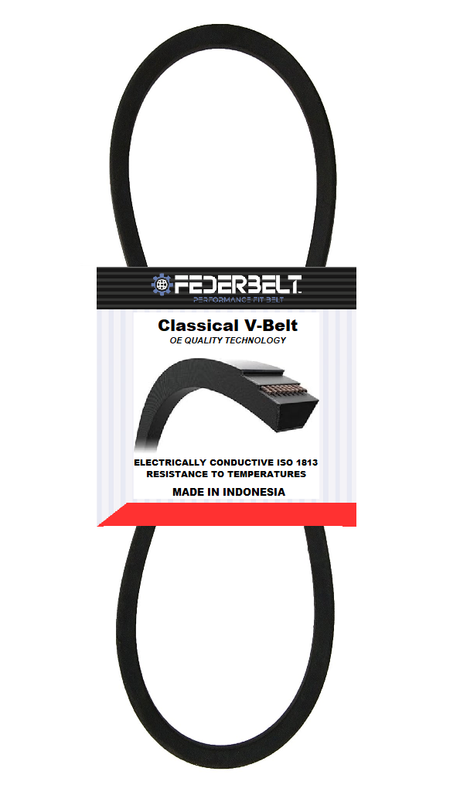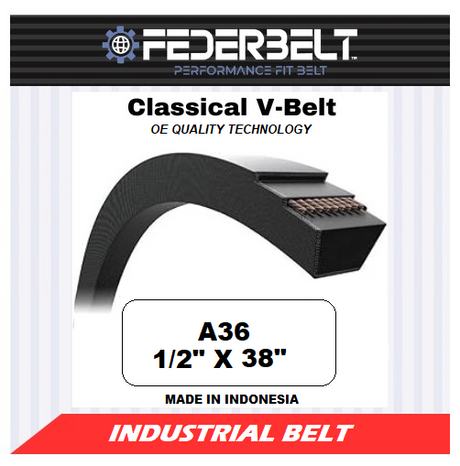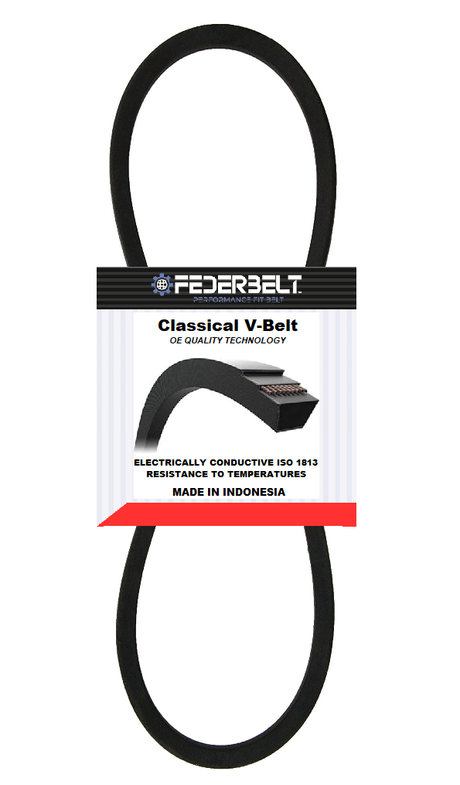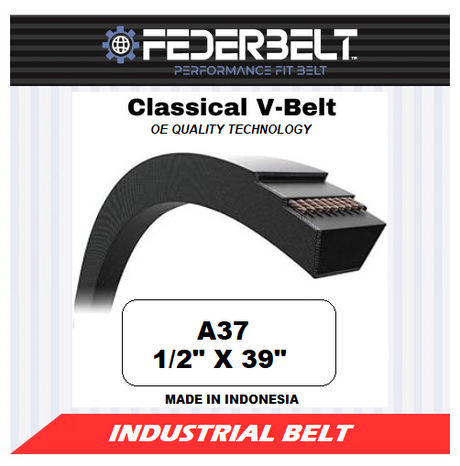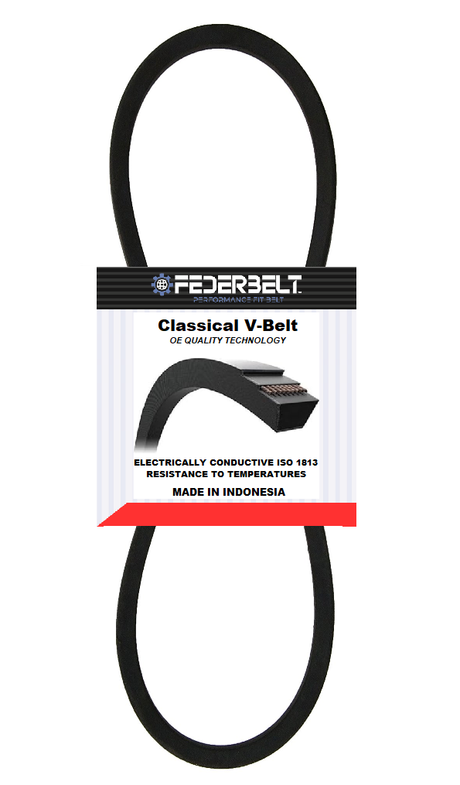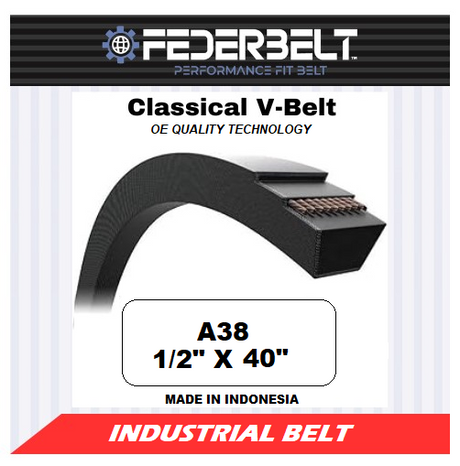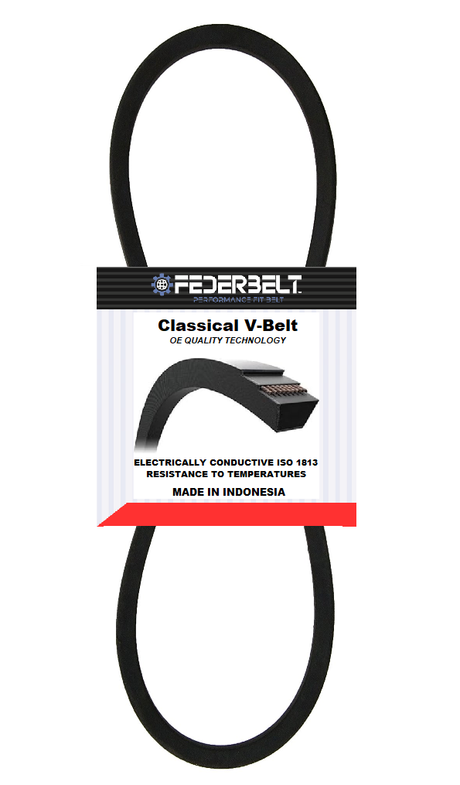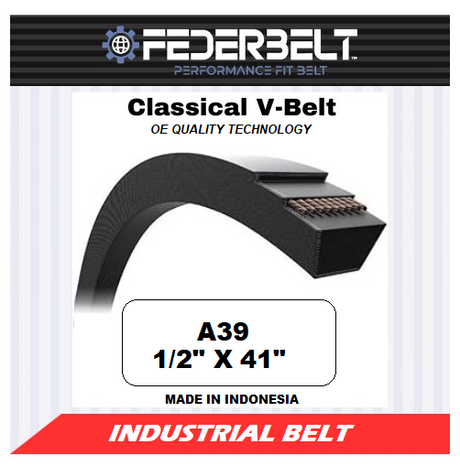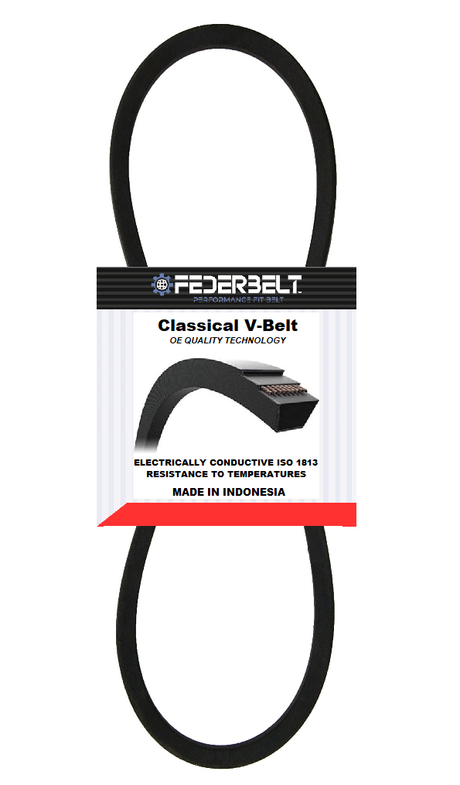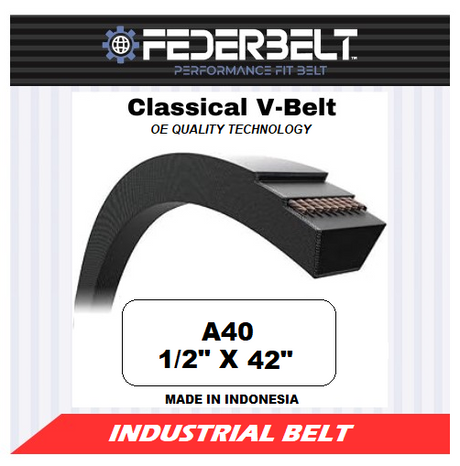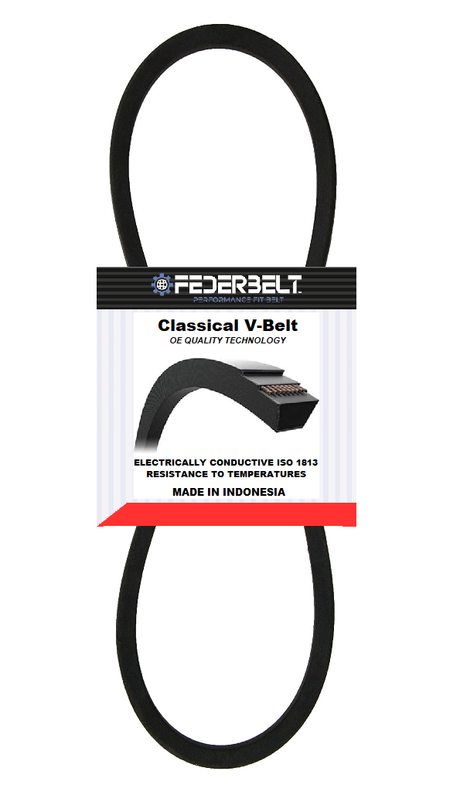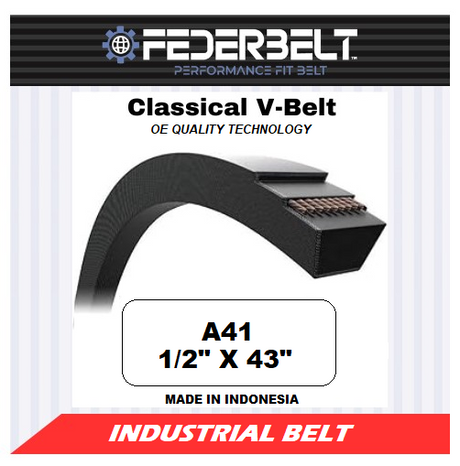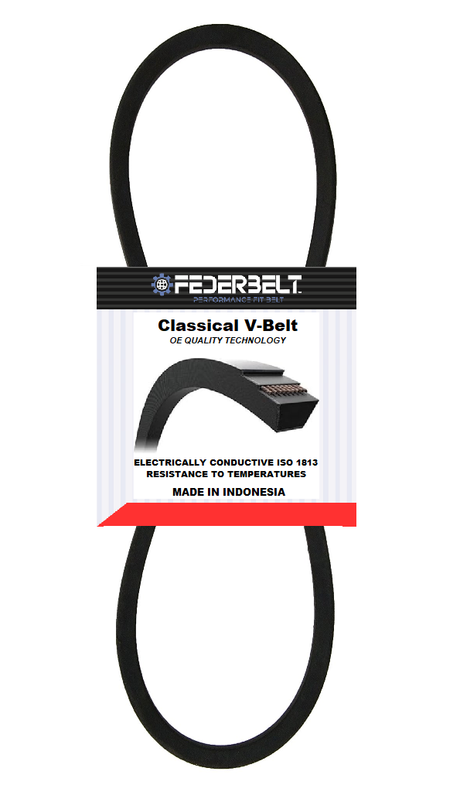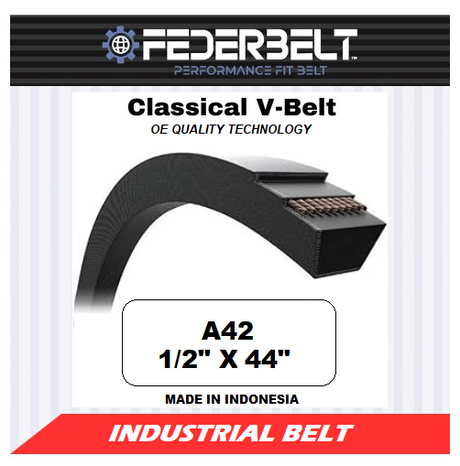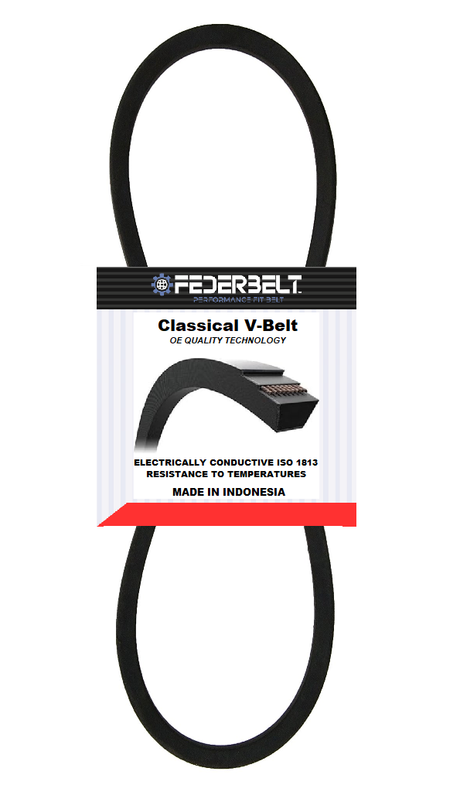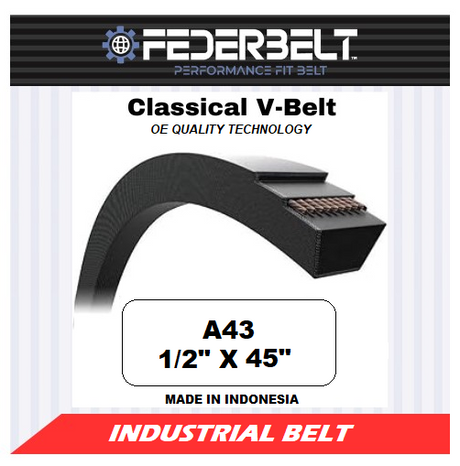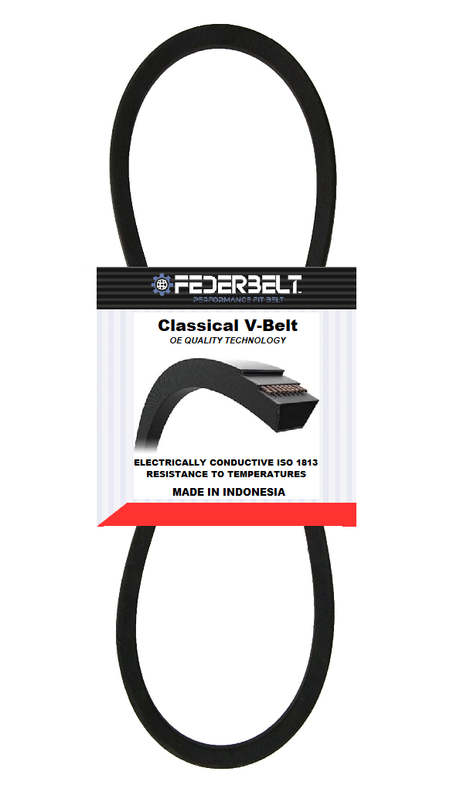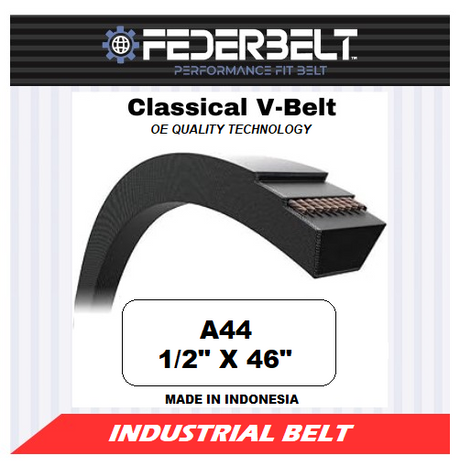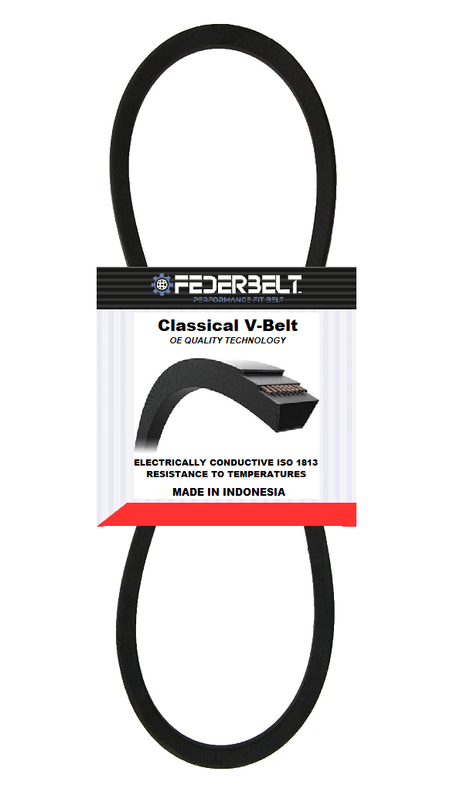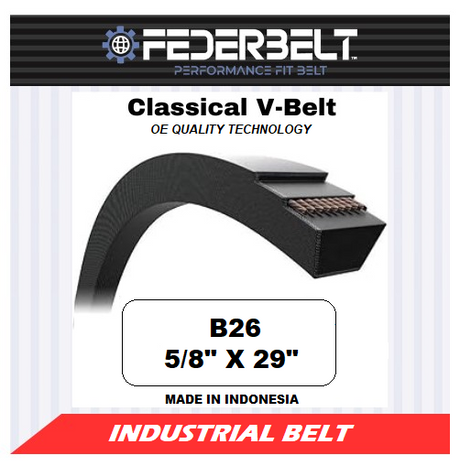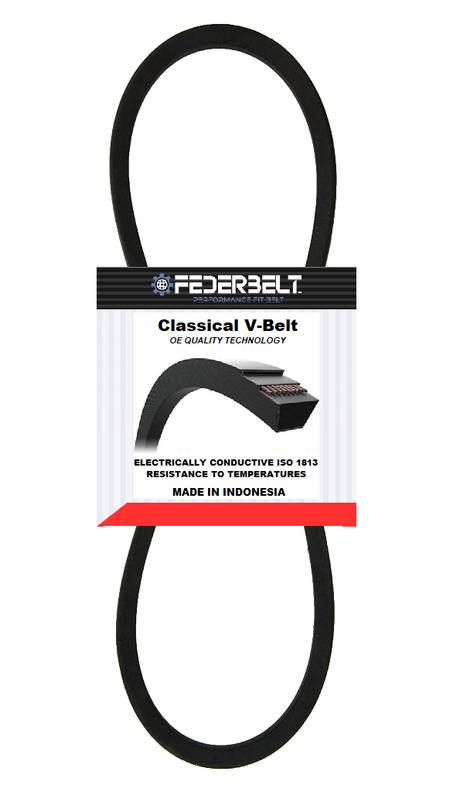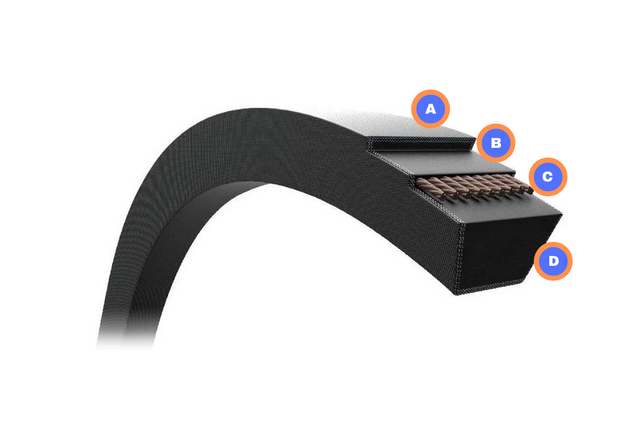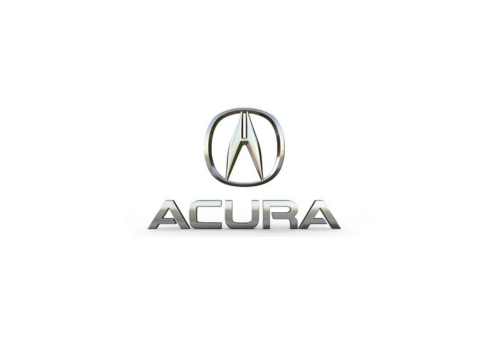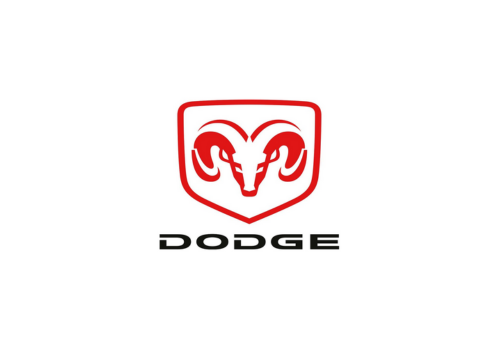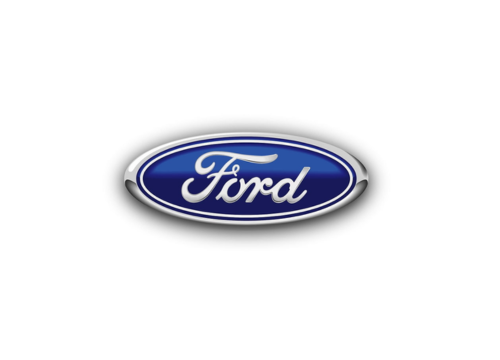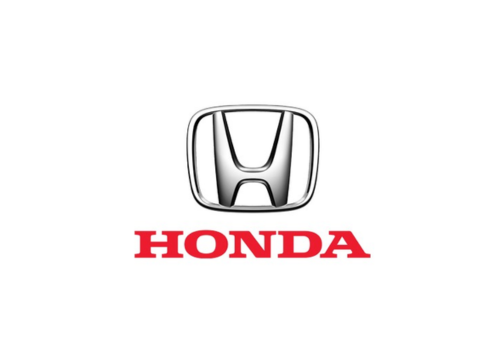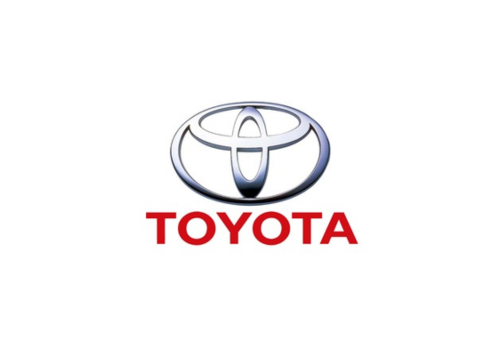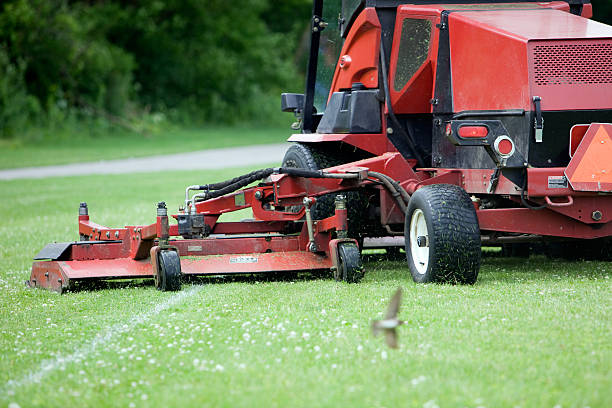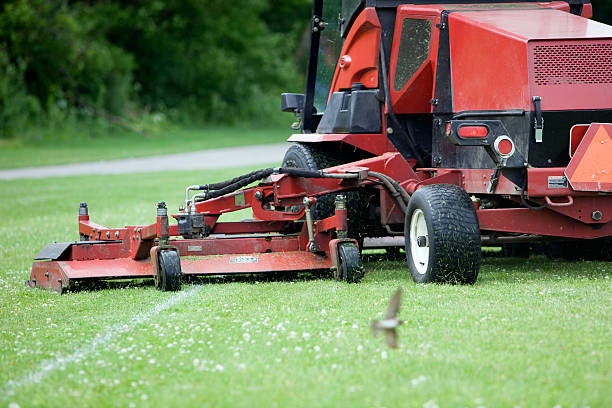Featured Product
View allThe best replacement option with OE Quality Technology for all Cars
View allBENEFITS
• Superior belt life and trouble-free operation
• Enhances noise reduction for “Run Quiet” operation
• Creates noise reduction from backside pulleys/idlers and improves belt life
• Precise pulley mating for better belt performance
• Supports consistent belt tracking that reduces wear on belt
• OE measured length for precise application and better belt life
Ribbed V-Belt
The ribbed v-belt is a single endless belt with longitudinal v-shaped ribs that match grooves in sheaves. It combines the flexibility of thin, flat belts with the strong gripping traction of conventional v-belts.
Thin construction – Highly flexible.
Increased flexibility – Minimize bending stress.
Less bending stress – Longer belt life
The ribbed v-belt offer an uniterrupted tensile cord construction, compared to the sectional cord layout of banded conventional v-belts.
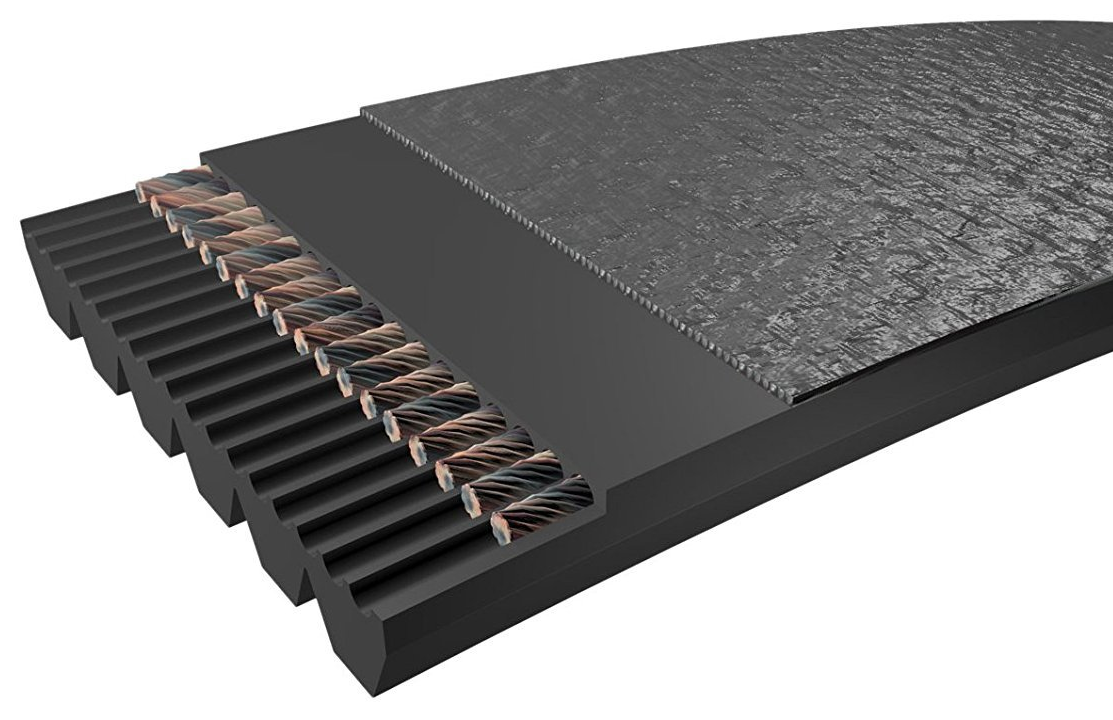
The best professional Quality and maximun performance on Classical V-Belts
View allBENEFITS
A. Cover Fabric
The cover is abrasion resistant, flexible and provides a firm grip onto the sheaves to minimize slippage during use. It is woven from several plies of yarn, rubber treated for maximum adhesion and protects the contents from the elements and static build-up under adverse usage conditions.
B. Adhesion Rubber
The adhesion rubber binds the tensile cord, fabric cover and compression rubber to prevent separation of the belt components during use.
C. Tension Cord
The tensile cord is the power transmission element within the belt. Cords are wound around the belt in an uninterrupted spiral for enhanced tensile strength. The cords are twisted in various configurations to match the load application and pre-stretched prior to belt assembly for length stabilization and minimum stretch during use.
D. Compression Rubber
The compression rubber provides support for the load carrying tensile cords while dissipating heat generated from belt use. It is formulated to be resistant to flex cracking and compression fatigue.
Classical V-Belt
Classical V-belt has been the workhouse of the power transmission industry for many years, powering drives across industries at an economical price. Federbelt conventional wrapped v-belts offer maximum performance at standard belt prices.
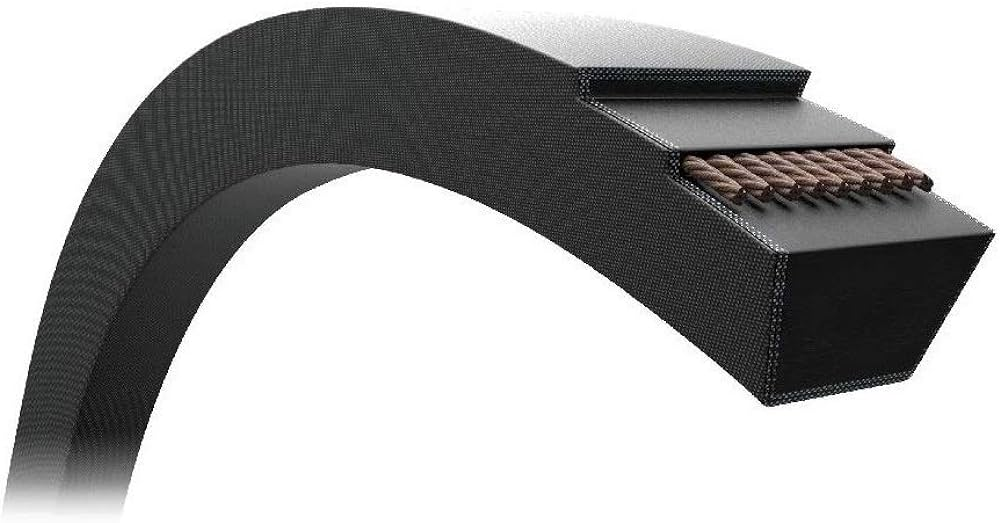
Hot Items
View All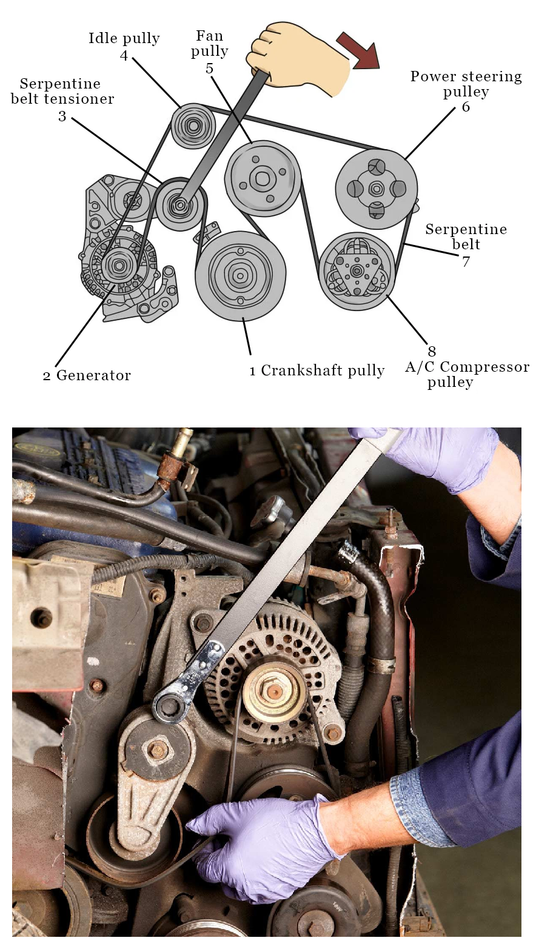
How to Replace a Serpentine Belt?
Pull the hood release inside the cabin of the vehicle. To access the serpentine belt, you will need to open the hood of the vehicle
- Disconnect the battery. You should always disconnect your battery before starting an automotive project
- Locate the serpentine belt. Depending on the engine in your vehicle, the serpentine belt may be located at the front of the engine bay, or it may be along one side. There may be engine covers in the way, so be prepared to remove them if need be
Find the serpentine belt routing diagram. Many cars come with a sticker in the engine bay that shows exactly how the serpentine belt is supposed to be routed through the various pulleys on the engine. If your vehicle does not have a sticker, you will need to find another way to remember how the belt should be run:
- Look in the owner's or service manual for your specific year, make and model vehicle for a diagram
- You can also take a picture of the existing belt with your cell phone to use as a guide when installing the new one
- Use a wrench to relieve the auto tensioner, loosen the bolts in the alternator bracket. As you loosen the bolts, the tension on the belt will likely move the alternator toward the engine and relieve the pressure
- Then pull the belt off of the pulleys. With the tension relieved from the belt, pull it off of the pulley that has been placing tension on it, then remove it from the around the rest of the pulleys on the engine
- If the belt is severely damaged, be sure to remove any parts that may have come off of it as well
- Compare the new belt to the old one and make sure it is right one. Look at the new belt in comparison to the old one to be sure they are the same width and have the same number of ribs going across the belt horizontally
- Route the belt through the pulleys. Run the new belt through the pulleys in exactly the same way the old one was. Refer to the belt diagram in your vehicle's owner's manual or the picture you took of the belt before removing it to guide you
- Use one hand to hold the ratchet firmly while positioning the belt. Slowly release the tensioner so that you don’t damage your brand new belt.

Quality. Service. Value.
Providing our customers with the highest quality products, competitively priced, with a level of service and support that exceeds our customers' expectations.



